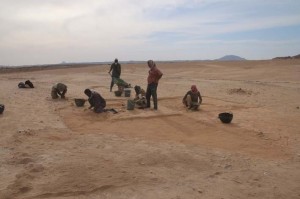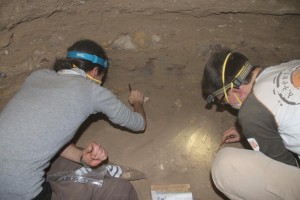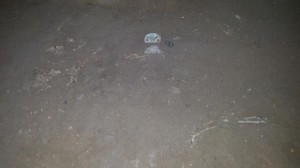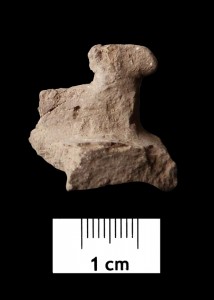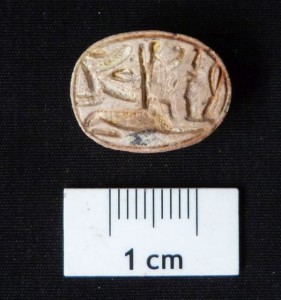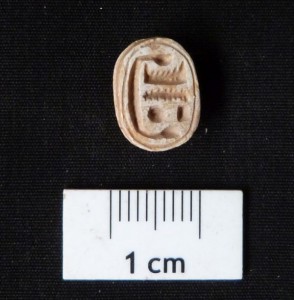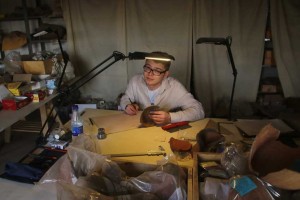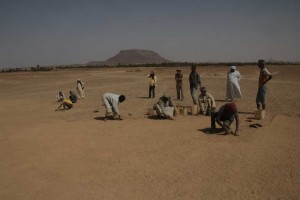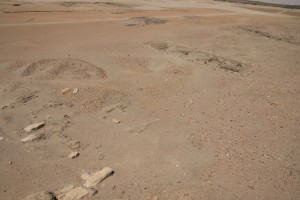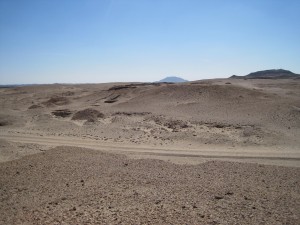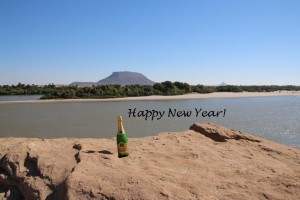Week 7 of AcrossBorders’ 2016 season has just ended – it was a very busy week – with the start of work in the cemetery, the arrival of a group of German students from Munich (all newcomers to Sai), our Austrian physical anthropologists (Marlies Wohlschlager and Andrea Stadlmayr) and the departure of our distinguished external experts Dietrich and Rosemarie Klemm (LINK). Today, two other team members, Sayantani Neogi and Sean Taylor have left Sai and are returning to Europe after a rich season of landscape archaeology with special assistance by THE sandstone experts from Munich…
Fieldwork focused in week 7 on cemetery SAC5 – and here both on tomb 26 and the neighboring area. A sector towards the south and southeast of tomb 26 was cleaned in order to check the existence of other shaft tombs – until now, unsuccessfully, but with plenty of pottery and bones attesting the use of the site as burial place during the 18th Dynasty, Ramesside times, Pre-Napatan and Napatan era.
In tomb 26, we started removing the uppermost flood deposits in the burial chamber, finding very fragile human remains. It was thus time to pass work in the chamber on to Marlies and Andrea in order that they can document the original position of the bones and their distribution – they did a great job cleaning the very fragile pieces as best as possible. A minimum number of 4 individuals were found still more or less in position in the northwestern corner of the chamber.
We were busy cleaning and documenting these remains in the last days – so it still remains unclear whether they are from the first phase of burial (plundered) or maybe a slightly re-deposited secondary phase. The latter seems more likely from my perspective. And there is still hope for more remains below this level of burial remains – a very nice scarab is still sealed in solid mud debris just in the entrance area. We’ll keep you updated in the next 3 weeks to come!
With the Munich group arriving, life in the magazine has quite changed for our registrar Meg: three students busy with drawing ceramics, one assisting her with several registration tasks! Two workmen are washing sherds from both the town and the cemetery – so also the courtyard is well occupied.
The small finds from SAV1 West and SAV1 East excavated in this season are now all registered and most of them photographed. One of my personal favorites is coming from feature 15 – no surprise given all the great finds unearthed in this cellar! This tiny figure of a ram functioned as a lid or stopper for a very small vessel– it is unique in our contexts so far and definitely one of the highlights of 2016.

